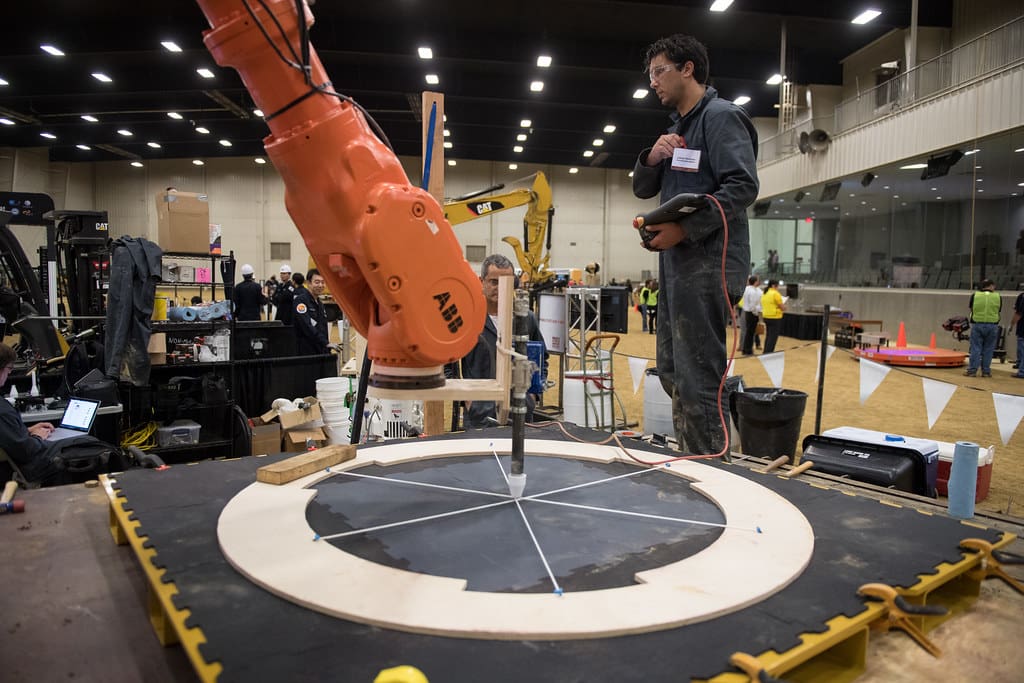Process engineering, the cornerstone of manufacturing that focuses on the design, operation, control, and optimization of chemical, physical, and biological processes, is witnessing a transformation through the integration of 3D printing technology. This innovative approach is reshaping how products are designed, prototypes are developed, and systems are maintained, offering significant improvements in efficiency, cost, and product customization.
The Emergence of 3D Printing in Process Engineering
Historically, process engineering has relied on standard manufacturing techniques that often involve lengthy design-to-production cycles, high costs, and rigid workflows. The advent of 3D printing has introduced a new dynamic, enabling more agile and responsive manufacturing processes. Initially used for creating prototypes, 3D printing is now utilized for end-use products, custom tools, and complex part manufacturing, providing unparalleled flexibility in production.

Advantages of 3D Printing in Process Engineering
Rapid Prototyping: 3D printing’s most significant contribution to process engineering is its ability to produce prototypes quickly and cost-effectively. Engineers can iterate designs rapidly, testing and refining products in a fraction of the time traditional methods would require.
Customization and Complexity: With 3D printing, engineers can design and manufacture parts with complex geometries that are often impossible to create using conventional manufacturing processes. This capability is particularly useful in industries such as aerospace and biomedical engineering, where customized, intricate designs are crucial.
Reduced Lead Times and Costs: 3D printing reduces the need for multiple manufacturing steps, tooling, and assembly processes, leading to shorter lead times and lower production costs. It also minimizes waste by using only the necessary material to build a part, further cutting down costs.
Enhanced Productivity: Integrating 3D printing into process engineering workflows can significantly increase productivity. By speeding up the prototype phase, companies can bring products to market faster, respond more quickly to market changes, and better meet customer demands.
Key Applications of 3D Printing in Process Engineering
Tooling and Fixtures: One of the immediate applications of 3D printing in process engineering is the production of custom tooling and fixtures. 3D printing allows for the on-demand creation of tools tailored to specific manufacturing processes, which can significantly reduce downtime and improve operational efficiency.
Complex Part Fabrication: Industries that require highly complex parts, such as the aerospace, automotive, and medical sectors, benefit from 3D printing. It allows for the direct manufacture of components with intricate internal structures, which can lead to better-performing and lighter-weight products.
Maintenance and Replacement Parts: 3D printing offers a cost-effective solution for producing replacement parts, especially for machinery that is out of production or for systems where traditional manufacturing methods are too costly. This is particularly advantageous in maintaining critical industrial equipment and minimizing operational disruptions.
Integrated Systems Development: In process engineering, systems integration often poses significant challenges, especially when incorporating components from different manufacturers. 3D printing facilitates the creation of customized, integrated parts that fit seamlessly with existing systems, enhancing the overall efficiency and reliability of operations.

Challenges in 3D Printing for Process Engineering
Despite its many benefits, 3D printing faces several challenges in process engineering:
Material Limitations: The range of materials suitable for 3D printing is expanding but still limited compared to those available through traditional methods. Engineers often need materials with specific properties, such as high strength, temperature resistance, or chemical stability, which are not always available for 3D printing.
Scalability: While 3D printing is excellent for low-volume production, scaling it up for high-volume manufacturing remains economically and technically challenging. The speed of 3D printing can be a limiting factor when large quantities are needed quickly.
Quality and Consistency: Ensuring consistent quality in 3D printed parts is crucial, especially for industries where precision is paramount. Variability in the printing process, such as differences in layer adhesion or resolution, can affect the performance and reliability of the final products.
Future Directions in 3D Printing for Process Engineering
As 3D printing technology continues to advance, its role in process engineering is expected to grow. Future developments are likely to address current material and speed limitations, making 3D printing even more viable for a wider range of applications. Moreover, the integration of artificial intelligence and machine learning with 3D printing could lead to smarter manufacturing processes, where systems can predict and adapt to production needs in real-time.
3D printing is poised to redefine traditional process engineering, offering new ways to design, prototype, and manufacture products. By embracing this technology, companies can enhance their competitiveness, increase operational efficiency, and drive innovation. As process engineering continues to evolve, 3D printing will undoubtedly play a pivotal role in shaping the future of manufacturing.








